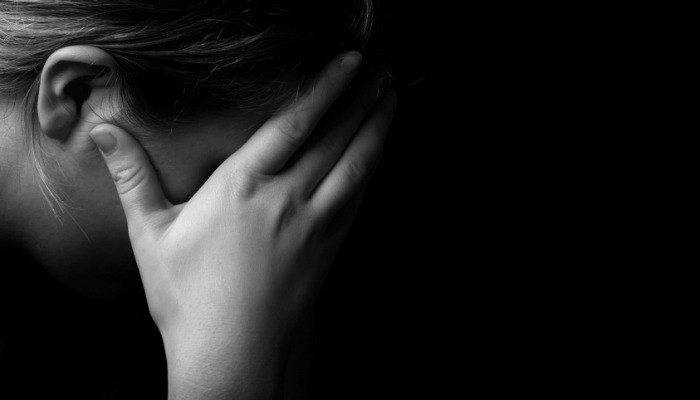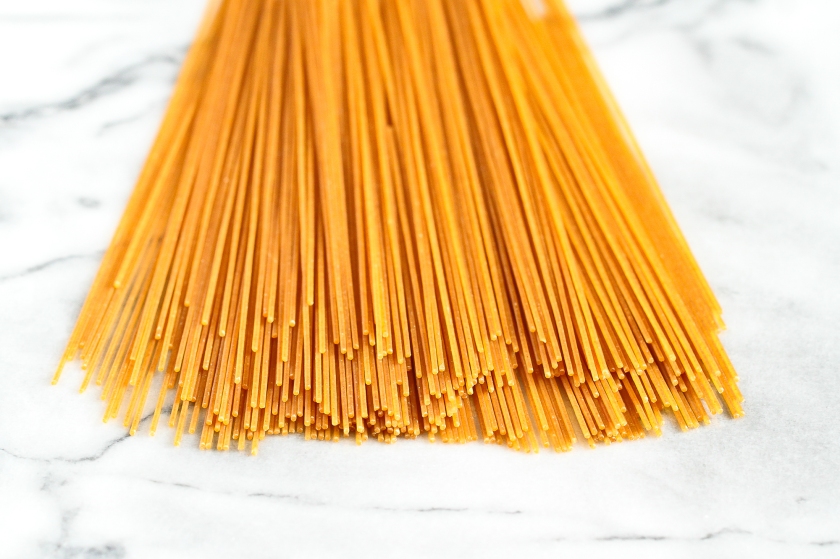Prefacing the post by saying that this is my personal analysis and collection of thoughts around the new show “Workin’ Moms” on Netflix. It has received rave reviews and came highly recommended to me, but I wanted to share my POV as a new [working] mom struggling with PPD.

Three new moms sit in a mommy-and-me class. “It could be worse,” one of them says, staring down at her deflated milk-makers. “Yeah, but it could be better,” her friend replies, using her hands to push them up to reflect a perkier, younger set.
This is the first scene of the hit Netflix show Workin’ Moms. I, for one, thought that interaction was absolutely spot-on. On the daily I stand in front of my full-length mirror and wonder what happened to my pre-baby body. I related to this portrayal of motherhood immediately, but the episode quickly took a turn I couldn’t quite reconcile with, and continued to make me cringe from that moment. The next dialogue involved a mom admitting she’s struggling with Postpartum Depression. Following this confession, she is then met with horrified stares from other moms. Seeing the expressions on their faces, she goes on to play it off as nothing. Throughout the corresponding scenes we see this mother verbalizing her hurts, anger, anxiety, and ultimately her desire to commit suicide. It’s portrayed in the show as a joke, as something to laugh about, and as if it only affects the ones that can’t “get it together” after having a baby.
Have I watched more than just the first episode? No. Will I? Also, no. At least, it won’t be any time in the foreseeable future. While I can appreciate the media in all forms attempting to make light of serious and sad situations, I don’t find it particularly “funny” while in the midst of this trying season in my life. There is a time and place for these jokes, but for me that time is not now. These scenes made my husband laugh, but as I sat next to him, I fought back stinging tears. I hid my pain, and my mind took me back to some of those dark places I know far too well. What was meant to be a half-hour of laughter and fun for us had turned into a grueling thirty minutes of emotional and mental torture for me. The show re-exposed wounds that have only recently been covered by a bandage. Not only had these wounds remained open during my entire pregnancy, but have continued to grow during the postpartum months.
TO ALL MOMS OUT THERE (expecting, new, experienced, etc.): It’s OKAY to get help. It’s OKAY to talk about your depression and anxiety. It’s OKAY to feel sad, happy, angry, excited, scared, hopeful, etc. What shouldn’t be okay is feeling as though you are the odd one out, or that your feelings and emotions aren’t a big deal and should be kept buried inside due to the stigma that this first episode put on a mom dealing with PPD. If you need someone to talk to, I’m here for you – don’t let the fear of other moms’ judgement keep you from speaking up and getting the support that you deserve. You are strong, you are brave, and you are being the best mom you can to your kid(s).


 When I look at this face, I can’t help but smile. My heart melts, my racing thoughts come to a slow crawl, and the world seems to stand still. The responsibility of raising a child is not one that I take lightly, nor should I. As parents, Nate and I are very blessed to have been given a wonderful child who was born happy and healthy. Sleeping through the night by 6 weeks, I did not experience much of that new-mom-exhaustion that so many of my friends are having to deal with. This didn’t make pregnancy, childbirth, or the emotional toll of being a mom any easier, though. While throughout the pregnancy I kept my hopes up that maybe my mind would change after he was born (as everyone at my OB/GYN’s office kept assuring me), I still came away from the experience knowing that I never wanted to do it again.
When I look at this face, I can’t help but smile. My heart melts, my racing thoughts come to a slow crawl, and the world seems to stand still. The responsibility of raising a child is not one that I take lightly, nor should I. As parents, Nate and I are very blessed to have been given a wonderful child who was born happy and healthy. Sleeping through the night by 6 weeks, I did not experience much of that new-mom-exhaustion that so many of my friends are having to deal with. This didn’t make pregnancy, childbirth, or the emotional toll of being a mom any easier, though. While throughout the pregnancy I kept my hopes up that maybe my mind would change after he was born (as everyone at my OB/GYN’s office kept assuring me), I still came away from the experience knowing that I never wanted to do it again.






 Stove. Pot. Water. Pasta. Tomatoes. Herbs. Spices. Pepperoni.
Stove. Pot. Water. Pasta. Tomatoes. Herbs. Spices. Pepperoni.